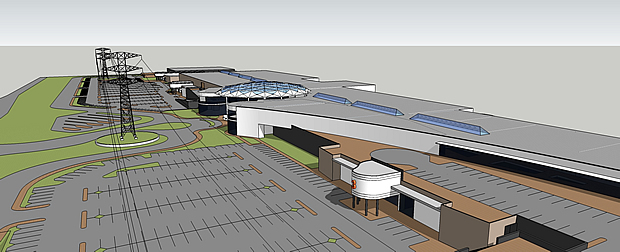Green light for R1.2 billion shopping mall in Pretoria

The development by one of SA’s oldest rural shopping centre developers, McCormick Property Development (MPD), of a massive shopping mall in Pretoria West costing at least R1.2 billion has been given the green light.
The development, Capital Mall, has been stuck in limbo, but an appeal to halt the development was overturned during a sitting of the City of Tshwane’s Municipal Appeals Tribunal (MAT) in April, the developers said.
“With direct access approved off both the N4 highway and WF Nkomo (Church) Street and situated on the planned N4/R55 interchange, the double level mall will anchor ‘Capital City’ – a R5 billion mixed-use development,” MPD said.
“The development node includes a 150-bed private hospital, value retail centre, motor dealerships, affordable housing, student housing, schooling and community facilities.”

The development of the mall will be phased with 60,000 sqm Gross Leasable Area (GLA) planned to open towards the end of 2021.
MPD said that the design allows the mall to seamlessly expand to over 100,000 sqm in time, without the need for structured parking facilities.
Shopping centres in South Africa
According to a 2018 report by MSCI on behalf of the South African Council of Shopping Centres l, the South African market had 418 square meters of the shopping centre lettable area for every 1,000 people.
The US is rated as having the most shopping centres relative to its population with 2,196 square meters/1,000 capita – followed by Canada, Australia and Norway.
However South Africa, Canada and the US have the highest level of shopping centre supply expressed relative to household consumption expenditure.
Despite this demand, South Africa’s current shopping centre development pipeline suggests a slowdown in new mall completions for the period 2018-2020 which, combined with a predicted improvement in economic growth, may see South Africa’s shopping centre segment move lower and closer to the global average.
